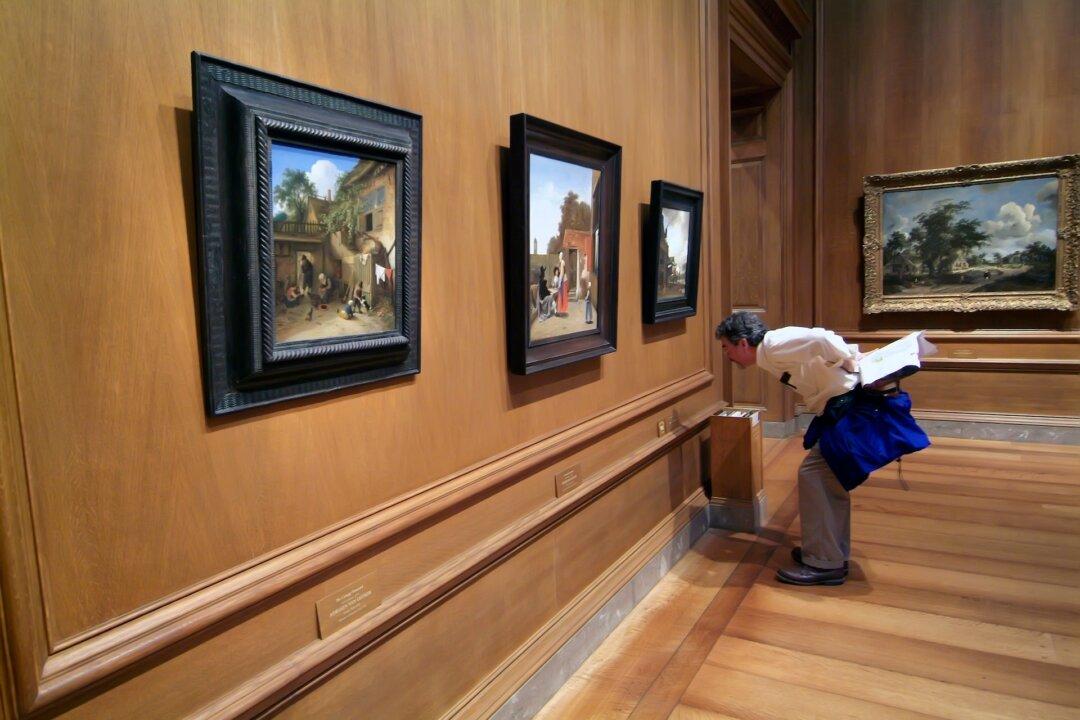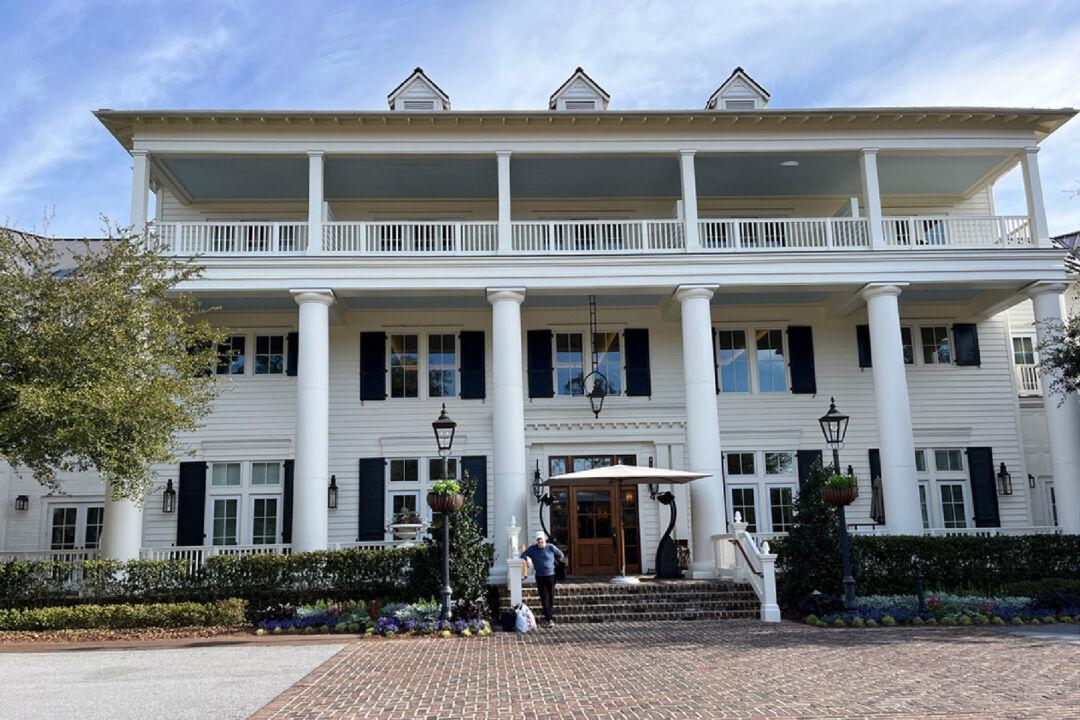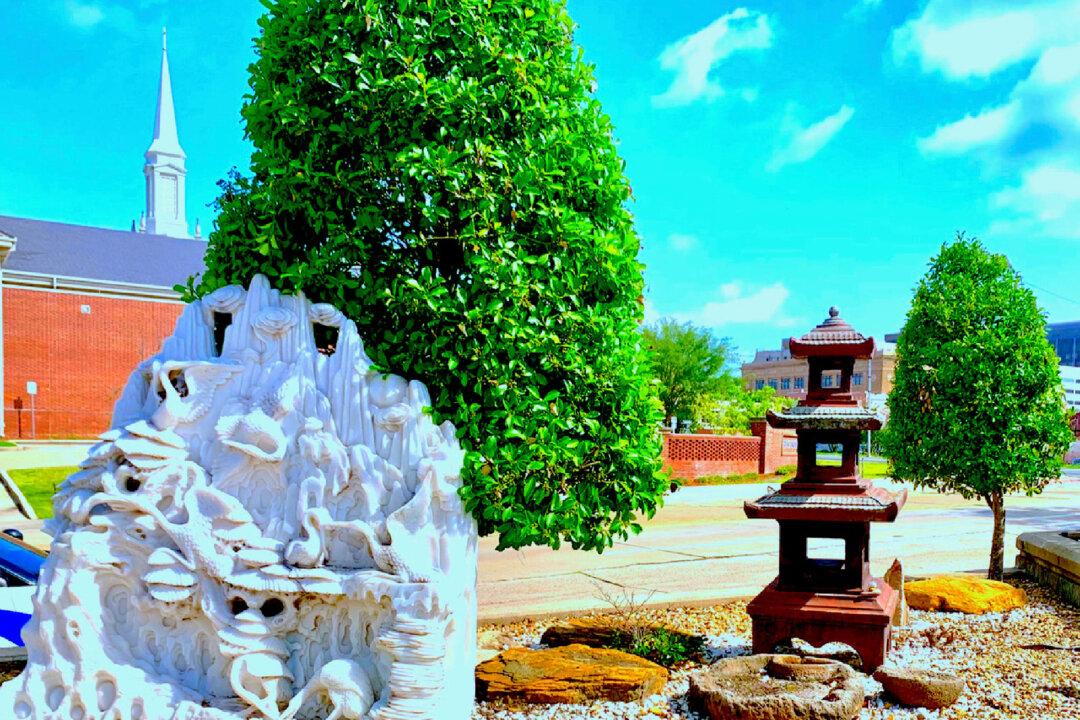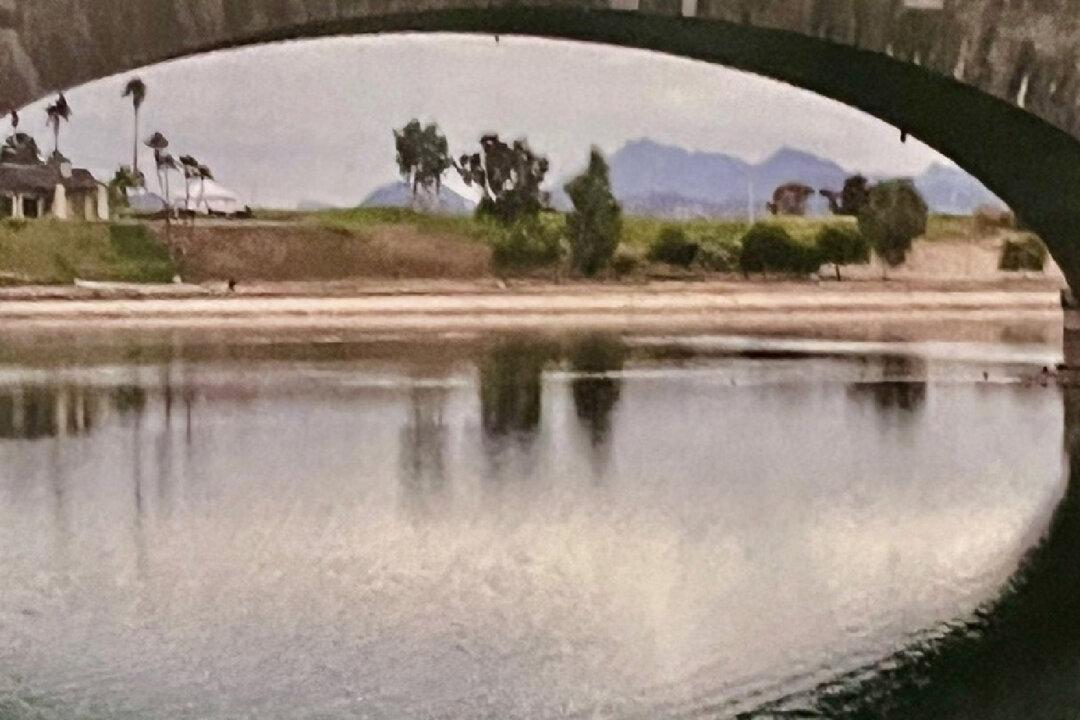After a week in Lima, Peru, we boarded a small jet to fly over the Andes. When we landed in the jungle town of Puerto Maldonado, our guide met us and threw our luggage into the back basket of a sort of motorcycle with places for two passengers behind him. We zoomed away toward what we thought would be a first-class ship for a four-hour cruise up the Tambopata River.
Five minutes later, the river’s swirling, muddy expanse came into view. It was wider than any we had ever crossed in the United States, lined on each side with dense jungle vegetation. The docks were a rough-hewn platform where we and 10 other travelers climbed into a large flat-bottomed canoe with 18 folding chairs lined up beneath a blue plastic tarp. This was our cruise ship.
The motor whirred reluctantly, and we were off upriver. Captain Juan explained that the river had risen 40 feet in the previous week because the rainy season had begun, and this would slow our progress.
We puttered along, staying far away from the shoreline despite having no life jackets aboard and stopping occasionally for passengers and supplies. We never passed any sign of human civilization, just a thick wall of verdant palms and other exotic vegetation on each side of the enormous river.
At one point, we were startled by the screechy microphone announcing above the motor’s noise that we would be stopping for a terrorist checkpoint. We had to give all of our names to the Army here, in case anyone went missing later.
“There is terrorist activity everywhere up here,” Juan told us matter-of-factly.
Two men took our names and said a few words to him before waving us on and releasing the rope that held our boat to the dock. Back downriver we went, swiftly carried by the raging current as he pulled the motor’s starter cord.

The engine coughed and nothing happened. He repeatedly yanked the cord as we regressed at about three times the speed we had been making upstream. By way of asking for help, he repeatedly whistled loudly into the impenetrable palm forest. Soon a man in a small motorboat came to rescue us. We sailed swiftly past him, but he finally caught us a few miles downstream.
With one sandaled foot in his boat and one in ours, he beat on our motor with a hammer and turned something with pliers repeatedly. After a few minutes, it began to sputter and burst into life. With a grin and a handshake the man was gone, and we were on our way upriver again, having lost many miles.
Eventually, we reached our destination. Two friendly men greeted us and held our hands as we disembarked precariously onto the mud bank. We climbed up a 40-foot-high bank into which mud steps had been cut with a machete. At the top, we discovered that our “resort” was the scientific research station of the Tambopata Jungle, where botanists come to study native plants and local remedies to make pharmaceuticals. One large, circular structure of canes and screen with a peaked, round roof of more canes formed the dining room and bar. Ten smaller huts just like it were lined up on either side of a torch-lit path.
Ours was the farthest from the dining area but the “best” because it sat at the back edge of the clearing, only about five feet from the dense jungle. It was a double, partitioned by a bamboo screen six feet high. Each side had its private bathroom with a small ceramic sink, a flush toilet (no paper allowed in it), and a tin-lined shower stall with a plastic curtain and cold running water. We didn’t realize yet that the luxury price we had paid was because most of the money funded the work done at this research station.
Our bedroom consisted of bamboo walls with screens for windows at shoulder height, twin beds made of wood poles, and a mattress made up with clean sheets. Each bed was draped with a tent of thick mosquito netting. The small wood table held clay candlesticks for lighting. We felt like children at camp.
Later, we had a fresh, beautifully prepared dinner in the dining hut with the added attraction of the largest porcupine we had ever seen gnawing his way through the bamboo ceiling. Leftovers here were tossed out the door in back of the kitchen, where about 20 vultures stood in happy anticipation.

By the time we all dispersed for our cabins, it was pitch dark, and we were grateful for the blazing torches that lit the path. We entered the hut and lit a candle, but since there was no place to set it down in the bathroom, we took turns showering while the other held the light. To top off the long day, we were awakened by animal noises in the night that turned out to be capybara, the world’s largest rats.





